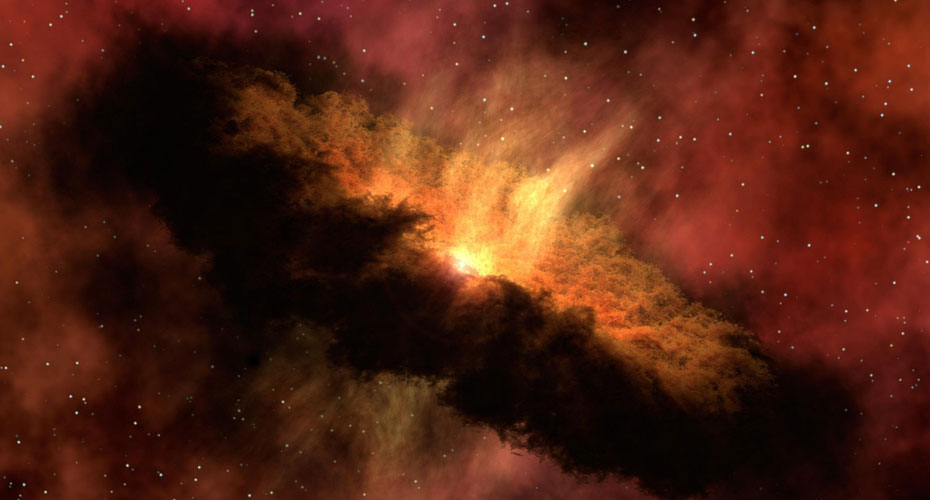Star and planet formation
How stars and planets form is one of the most fundamental problems in modern astronomy.
At Exeter, our observational programme follows stars throughout their formation process. Millimetre and sub-millimetre observations tell us how the material collects in the very earliest stages of star formation. Infrared observations allow us to study the young stars, and once the dust around them clears we can use optical observations as well. Optical and infrared studies are also crucial for our studies of young stars in the early universe.
We also undertake powerful numerical simulations based on smooth particle hydrodynamics and adaptive-mesh refinement (AMR) grid codes. These simulations allow us to investigate how stars form, the structure of their circumstellar disks, and how binaries and clusters of stars originate.
Spectro-polarimetry and radiative-transfer modelling are used to probe the circumstellar flows in the late-stages of star formation. We also use numerical simulations to study molecular cloud formation and star formation on galactic scales, and compare these models with large-scale millimeter surveys of molecular clouds.
Astrophysics staff working in this area
Academic staff
Postdoctorals and research fellows
Dr Tyler Gardner
Dr Cecilia Lazzoni
Postgraduates
Isabelle Codron
Daniel Elsender
Ben Lakeland


